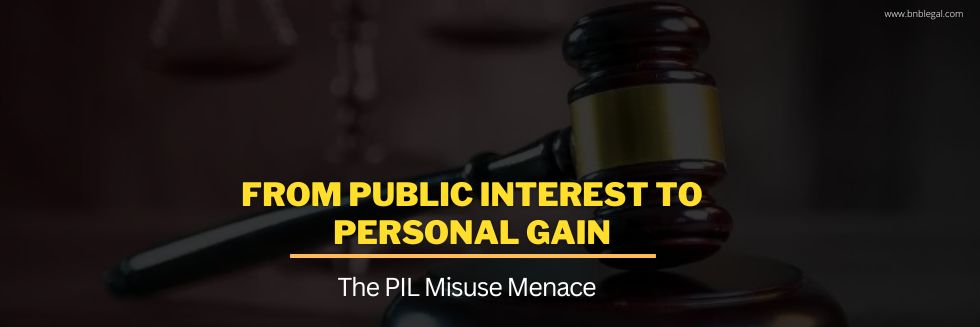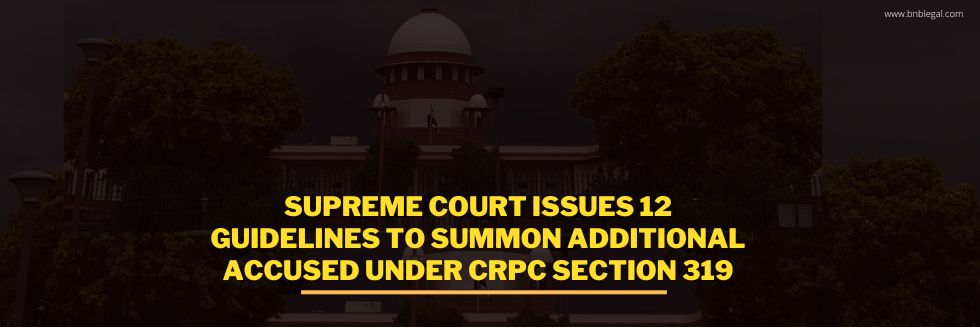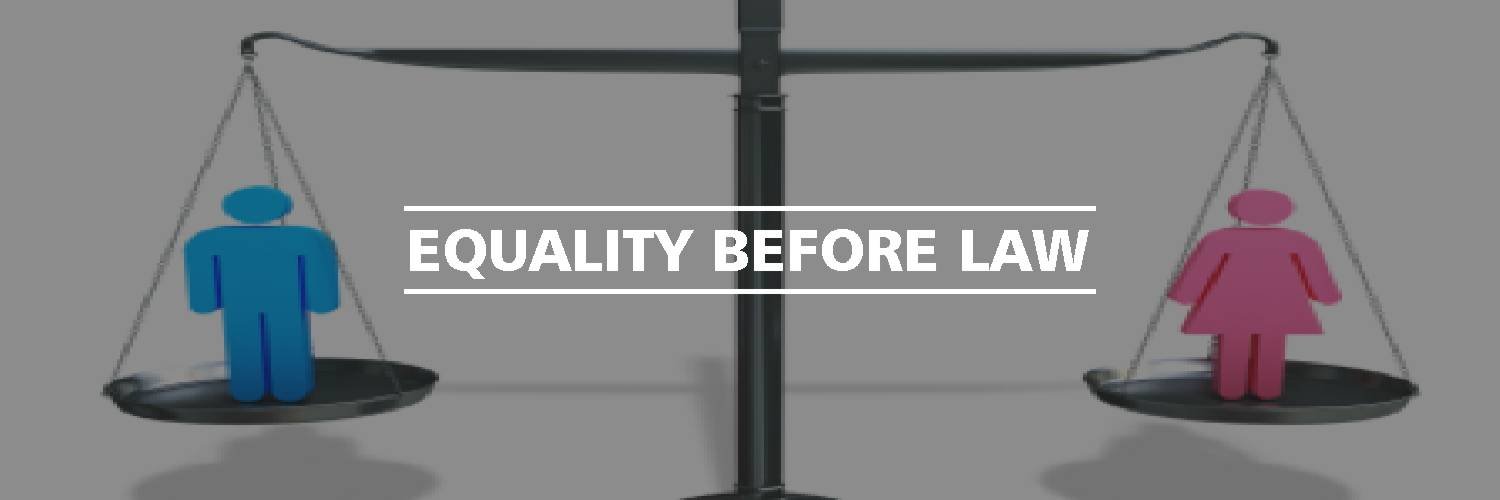Introduction
Article 32 was described as “Heart and Soul” of the Indian Constitution by Dr. B.R. Ambedkar. A person can file a writ petition in the Supreme Court under Article 32. Article 226 provides for filing of a writ petition in High Court. A person can file a writ petition if his fundamental rights are being violated. By the means of writs, the Judiciary ensures that the legislature or executive does make arbitrary use of their powers.
Contents
1. Types of Writ
2. Cause of Action
3. Remedies in Law
4. Proforma of Remedies
5. Accompanying Documents
Types of Writ
There are five kinds of writs available under the Indian Constitution:
1. Habeas Corpus – It literally means ‘to have the body of.’ Through these writs, the court orders the concerned authorities to physically present the person in question before the court of law. This writ is generally used to keep a check on the illegal detention of a person. The court asks for the ground of detention of a person and if it is not satisfied with the answer, it can order the release of that person. The person who is detained himself or any other person on his behalf can file a writ petition of habeas corpus in the court of law. It can be exercised against the State as well as against individuals.
2. Mandamus- It means “we command.” This writ is called a “wakening call” as through this writ, the court orders a public body, public authority, lower courts, etc. to discharge their duties to which they refused. The person filing this writ must have an interest in the matter. There are certain cases under which this writ cannot be issued:
If the party is a private individual or body.
If the duty which is to be performed comes under the discretion of the party and is not mandatory.
No writ of mandamus can be filed against the President, Governor of States or a working Chief Justice.
A private contract between the parties cannot be enforced by way of this writ.
3. Prohibition- the Supreme Court or the High Court may prohibit or prevent the lower courts from doing something beyond their jurisdiction and are violating the principles of natural justice by way of this writ.
4. Certiorari- it is a kind of curative writ and means “to certify”. By this writ, a higher court orders the lower court to transfer a case pending before it to the higher court because it had either no jurisdiction to try the case or it has committed a mistake of law. It can also ask the lower court squash its order.
5. Quo Warranto- it is issued against public offices only where the court ascertains that whether a person is entitled to hold an office or not. If a person is not legally entitled to hold an office, the court orders his removal i.e. it restraints the person to hold an office illegally. Quo warranto means “by what warrant”.
Cause of Action
A writ of Habeas Corpus can be filed:
- If an arrested person is not produced before the magistrate within 24 hours of his arrest.
- If a person has not done anything which leads to violation of law and he has been arrested.
- If a person is arrested under a law which proves to be unconstitutional in nature.
- If there is mala fide detention i.e. detention which is not done in good faith.
A writ of mandamus can be filed when a public official refuses to perform his duty which he is bound by law to do.
If a court tries a matter to which it has no jurisdiction, writ of prohibition can be filed.
If a person is holding a public office illegally, writ of quo warranto comes into picture.
Remedies in Law
- Article 32 of The Indian Constitution allows filing of writs in the Supreme Court of India.
- A writ petition can be filed in a High Court under Article 226 of The Indian Constitution.
Proforma of Remedies
IN THE SUPREME COURT OF INDIA
ORIGINAL JURISDICTION
CIVIL WRIT PETITION NO. OF 2005
IN THE MATTER OF
…..Petitioner
Versus
….Respondents
PETITION UNDER ARTICLE________OF THE CONSTITUTION OF INDIA FOR ISSUANCE OF A WRIT IN THE NATURE OF __________UNDER ARTICLE______OF THE CONSTITUTION OF INDIA.
To
Hon’ble the Chief Justice of India and His Lordship’s Companion Justices of the Supreme Court of India. The Humble petition of the Petitioner above named.
MOST RESPECTFULLY SHEWETH:
- Facts of the case
- Question(s) of Law
- Grounds
- Averment:-
That the present petitioner has not filed any other petition in any High Court or the Supreme Court of India on the subject matter of the present petition.
PRAYER
In the above premises, it is prayed that this Hon’ble Court may be pleased:
(i) ………….
(ii) To pass such other orders and further orders as may be deemed necessary on the facts and in the circumstances of the case.
FOR WHICH ACT OF KINDNESS, THE PETITIONER SHALL AS INDUTY BOUND, EVER PRAY.
FILED BY:
PETITIONER-IN-PERSON
DRAWN:
FILED ON:
Accompanying Documents
The Writs should be accompanied by:
- Affidavit of the petitioner duly sworn.
- Annexures as referred to in the Writ Petitioner, Rs.2/- per annexure.
- 1+5 copies of the Writ Petition are required
- Court fee of Rs.50/- per petitioner (In Criminal. Matter no court fee is payable)
- Index (As per Specimen enclosed)
- Cover page (as per Specimen enclosed)
- Any application to be filed, Rs. 12/- per application
- Memo of appearance, Rs. 5/- Court fee.
Petitioner-in-person may see a copy of WP (kept with AR-IB) to have practical knowledge about drafting of petition.








